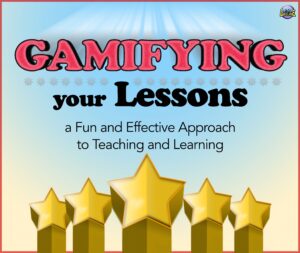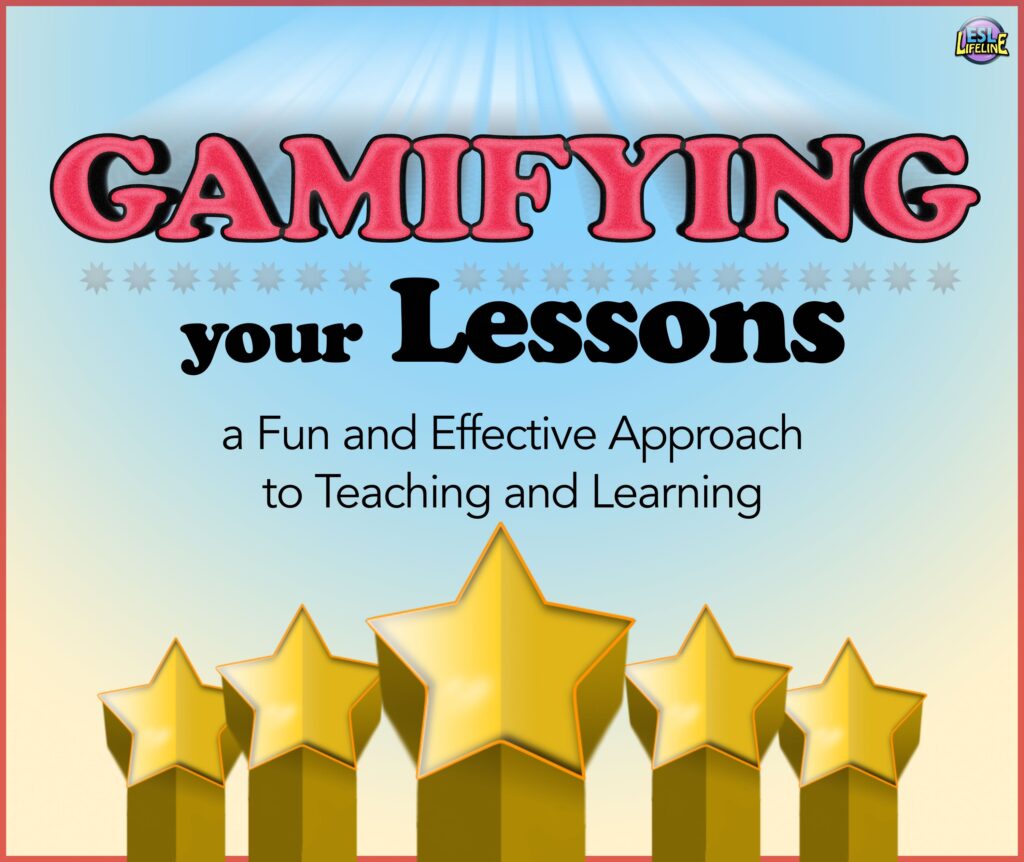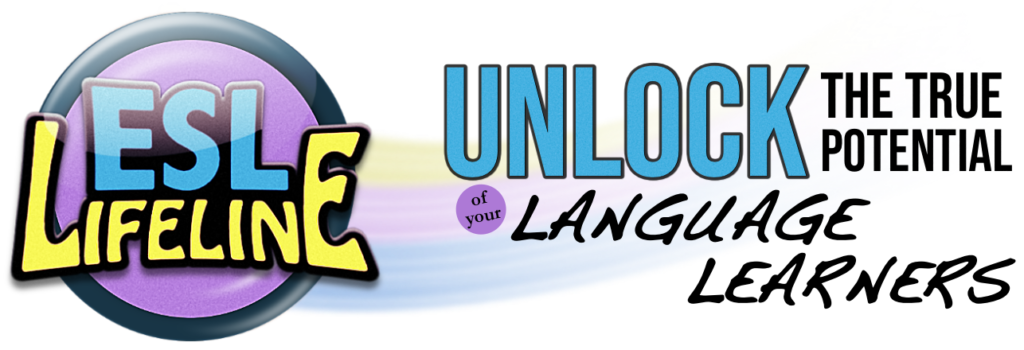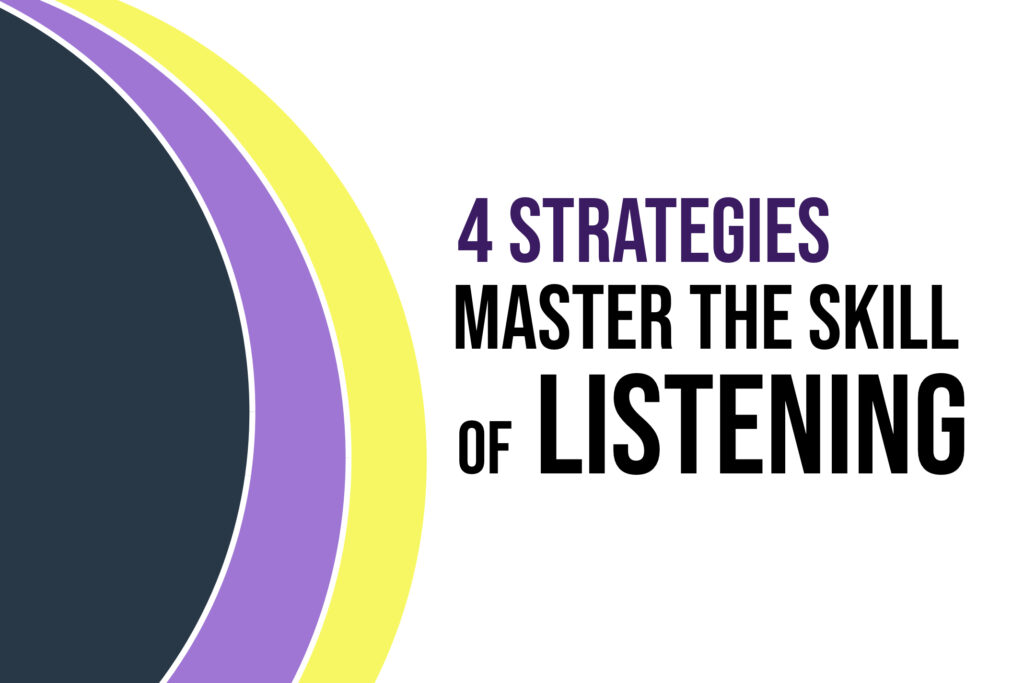
Table of Contents

Interested in access all resources and materials on ESL Lifeline for one low price? Click here to find out how!
Gamifying Your Lessons: A Fun and Effective Approach to Teaching and Learning

Introduction
Let’s face it, sometimes learning a new language can feel like a drag (understatement!). It can be difficult to stay motivated, especially when faced with endless grammar drills and vocabulary lists. But what if learning could be fun, engaging, and even addictive? This is where gamification comes in handy. By incorporating game-like elements into the classroom, teachers can transform dull lessons and drab content into exciting adventures that captivate students and boost their learning outcomes.
Why Gamification Works
Gamification leverages the power of play to make learning more enjoyable and meaningful. By incorporating elements like points, badges, levels, and challenges, teachers can create a sense of competition and accomplishment that motivates students to participate actively.
For ESL students, gamification can be particularly beneficial. It can help them overcome language barriers and build confidence by providing opportunities to practice speaking and listening skills in a low-pressure environment. Additionally, games help bring abstract concepts to life, making ideas more concrete and easier to understand, fostering deeper learning and retention.
Getting Started with Gamification
If you’re new to gamification, don’t worry. You don’t need to be a game designer to implement these strategies in your classroom. Here are a few simple steps to get you started:
- Identify Your Learning Objectives: Before you start designing games, clearly define what you want your students to learn. This will help you choose the most appropriate game mechanics and activities.
- Choose the Right Games: Select games that align with your learning objectives and your students’ interests. Consider factors like age, language level, and learning style when making your choices.
- Set Clear Rules and Expectations: Establish clear guidelines for how the game will be played. This will help to minimize confusion and ensure a smooth gaming experience.
- Provide Timely Feedback: Offer constructive feedback to your students as they play. This will help them improve their skills and stay motivated.
- Reward Participation and Achievement: Use rewards like points, badges, or prizes to incentivize participation and recognize student accomplishments.
Simple Ways to Start Gamifying Your Lessons
To help you get started with gamification, here are some simple ways you can gamify your lesson:
- Flash Card Races: Divide your class into two teams. Hold up flash cards with vocabulary words or phrases. The first team to correctly say the word or phrase wins a point.
- Board Races: Divide the board into sections for each team. Write a question or problem on the board. The first team to correctly answer the question and write the answer on their section of the board wins a point.
- PowerPoint Challenges: Create a PowerPoint presentation with questions or problems. Divide the class into teams and have them compete to answer the questions correctly.
- Scavenger Hunts: Create a list of clues or tasks related to the lesson. Divide the class into teams and have them race to complete the scavenger hunt.
- Jeopardy-style Games: Create a Jeopardy-style game with categories and point values. Divide the class into teams and have them answer questions to earn points.
- Trivia Quizzes: Create a trivia quiz with questions related to the lesson. Divide the class into teams and have them compete to answer the questions correctly.
- Role-Playing Games: Assign roles to students and have them act out scenarios related to the lesson. You can also use Reader’s Theater!
- Storytelling Competitions: Have students create stories based on a given prompt or theme.
- Quiz Competitions: Create quizzes and have students compete to answer the questions correctly.
- Mystery Challenges: Create a mystery to solve, with clues related to the lesson. Divide the class into teams and have them work together to solve the mystery.
There are also a ton of resources out there that can help you gamify your lessons quickly. Twinkl’s ESL Curriculum Games provide you with a great list lessons and content that fits right into your curriculum and allows you to get your students learning through play. It’s perfect for gamifying vocabulary, grammar and sentences taught in the curriculum. ESL Lifeline’s own PowerPoint Review Game equally lets you turn any of your lessons into a fun Game Show, which is perfect for reviewing things like grammar.
Conclusion
By incorporating gamification into your ESL lessons, you can create a more engaging and effective learning environment. So, why not give it a try? Your students will thank you!
Suggested Further Reading
- Gamification in Education: A Handbook for Teachers by Karl Kapp
- The Gamification of Learning and Instruction: Game-Based Methods and Strategies for Training and Education by Yu-Kai Chou
- Make It Stick: The Science of Successful Learning by Peter C. Brown, Henry L. Roediger III, and Mark A. McDaniel (highly recommended by author)
UNLIMITED DOWNLOADS
Interested in learning how you can transform your instruction and get your prep-time back??








